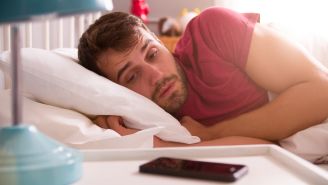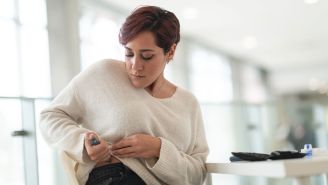The balance between glucose, or sugar, and insulin in an individual’s bloodstream is a delicate one. For people with diabetes, glucose and insulin levels are vital—too little insulin can cause glucose to climb to dangerous levels. Too much insulin, however, can cause low blood sugar, or hypoglycemia, which can be an emergency. Individuals living with diabetes and those around them should know the signs of low blood sugar, and how to quickly treat the condition.
Hypoglycemia can cause seizures or loss of consciousness, making it an important condition to detect and treat as soon as possible. Levels that fall below 70 milligrams per deciliter are considered low and often dangerous.
A drop in blood sugar in diabetics can be caused by a number of factors, including too much insulin or other medication for diabetes, unusually vigorous exercise, drinking alcohol (especially without food) or skipping meals.
Know the symptoms: The first step in treating a drop in blood sugar is knowing the signs. In addition to educating yourself on the symptoms of hypoglycemia, it’s important to let your family, friends and others around you know what to look for.
The symptoms of low blood sugar usually begin quickly, with mild signs like headache, shakiness, sweating, hunger and irritability. It’s possible for low blood sugar to occur at night when an individual is sleeping, too. Nightmares, profuse sweating and confusion when waking can signal a drop in blood sugar.
Symptoms can progress into seizures, drowsiness, confusion and unconsciousness, which can be especially dangerous when an individual is driving, exercising or operating machinery.
Learn the treatment options: The only way to confirm low blood sugar is to test it. If you think your blood sugar might be low, try eating 15 to 20 grams of glucose or simple carbs, like half a cup of fruit juice, five hard candies or the package recommendation of glucose tablets. After about 15 minutes, check your blood sugar again. If the glucose level has not risen above 70 mg/dL, consume another 15 to 20 grams of glucose. If your next meal isn’t within an hour or so, eating a small snack, like cheese and crackers or peanut butter, should keep blood sugar from dropping again.
If symptoms are not detected before an individual loses consciousness, someone will need to take control of the situation. Losing consciousness is more common for individuals with hypoglycemia unawareness, a condition in which there are no symptoms of low blood sugar. A caregiver or someone nearby may need to inject glucagon, a prescription hormone that stimulates the liver to release glucose into the bloodstream. Coworkers, family members or significant others should be informed on how to administer glucagon.
If the individual doesn’t regain consciousness after the glucagon is injected, or a bystander doesn’t feel comfortable performing the injection, call 911 immediately. Hypoglycemic episodes should be recorded and may need to be reported to a doctor, who can help prevent future episodes of low blood sugar.
Medically reviewed in February 2021.






